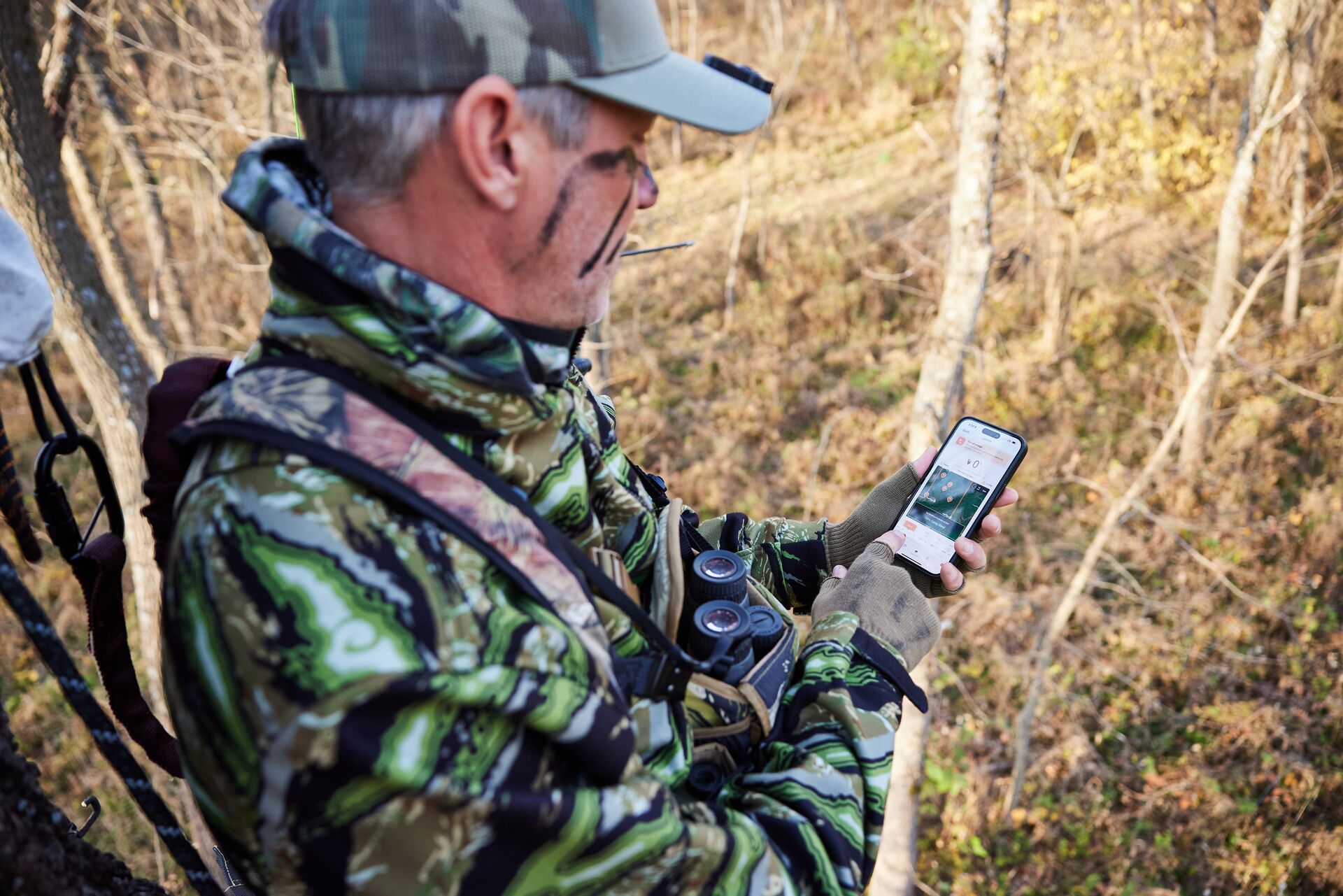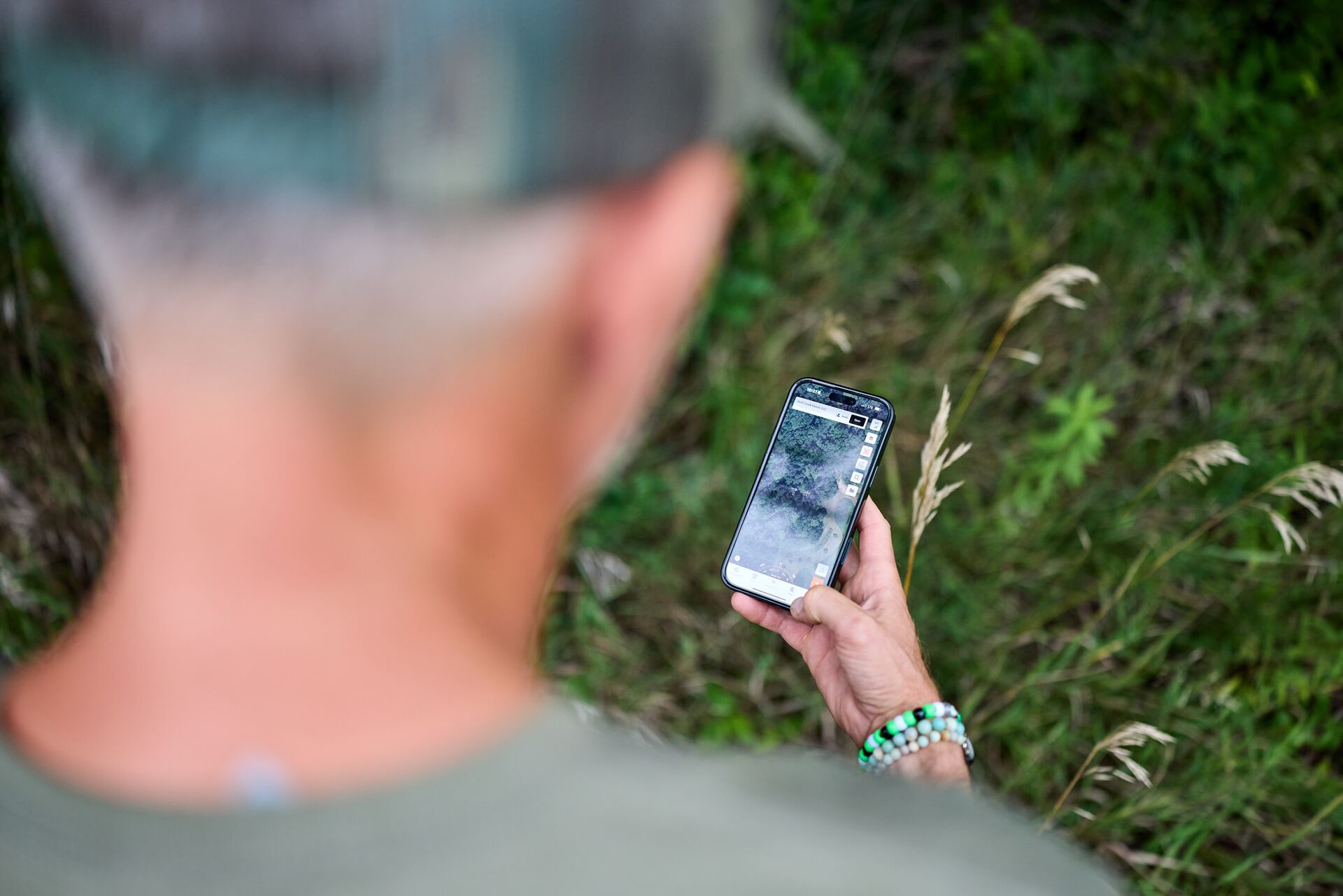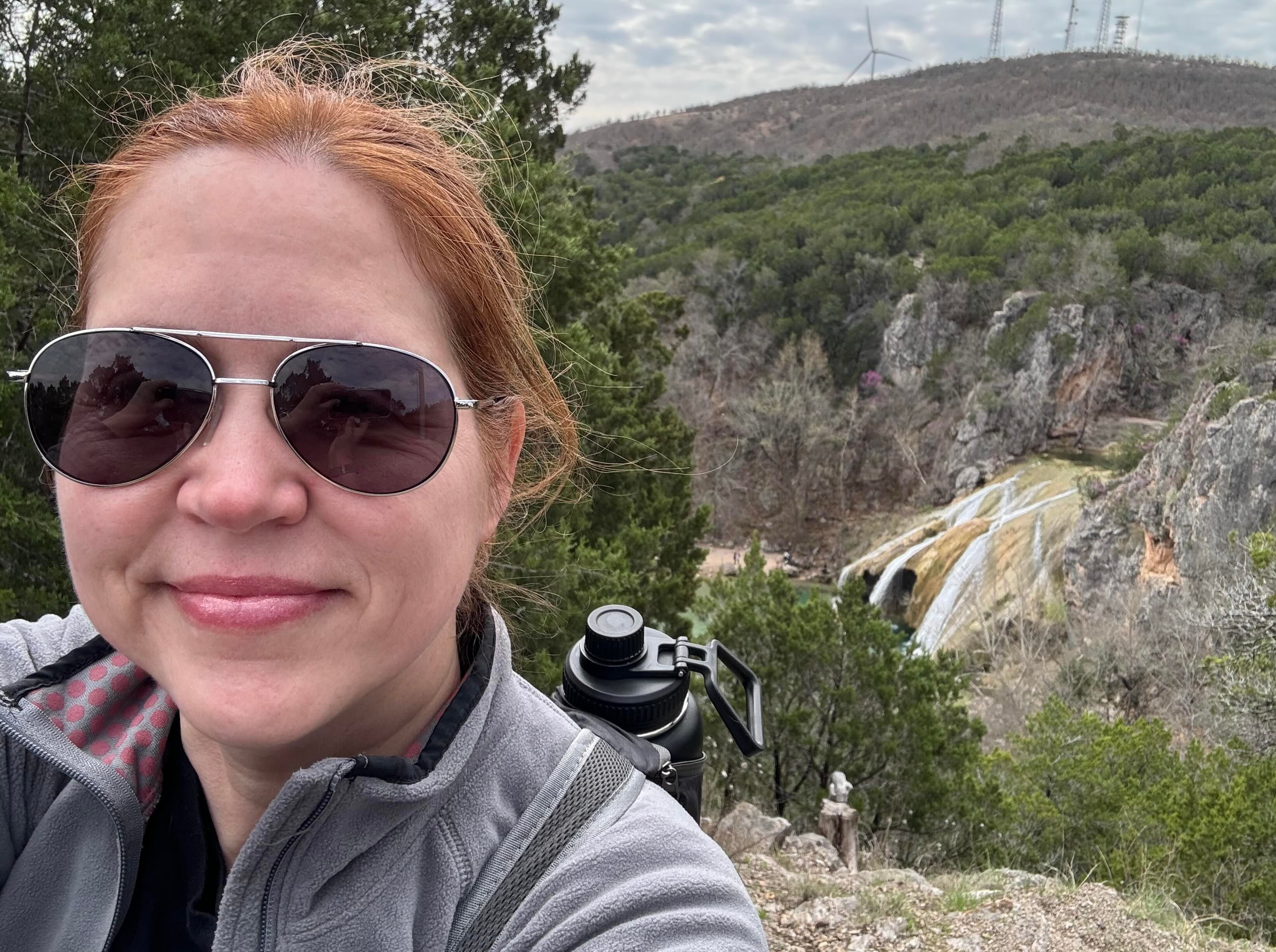Field Guide / Hunting Tips
4 Winter Rabbit Hunting Tips
With snow on the ground and deer season in the rearview, winter rabbit hunting offers an exciting off-season pastime for whitetail hunters. Rabbits are plentiful between cottontails, rabbits, jackrabbits, and snowshoe hares in most areas throughout the U.S.
Previous in Hunting Tips
More Content Like This

Why You Need a Topographic Map App for Stand Locations (and More)
Before you step foot on that new property for a hunt, you need to check a topographic map app. Let's talk about why. Read More
Read More
Why You Should Use WindCast for the Best Wind Direction for Hunting
Getting winded can ruin any hunt during any season. You could go the old-fashioned route of licking your finger and holding it up to guesstimate the direction of the wind, but we believe using the WindCast feature in the HuntWise app is a more reliab...Read More
Read More
How to Use a Hunting Land App to Find Where to Hunt
Successful hunts are rarely the result of pure luck. More often than not, they are the payoff from hours spent preparing and planning long before opening day. Read More
Read More Hunting Tips
Hunting TipsWhy You Need a Topographic Map App for Stand Locations (and More)
Before you step foot on that new property for a hunt, you need to check a topographic map app. Let's talk about why. Read More
Read More Hunting Tips
Hunting TipsWhy You Should Use WindCast for the Best Wind Direction for Hunting
Getting winded can ruin any hunt during any season. You could go the old-fashioned route of licking your finger and holding it up to guesstimate the direction of the wind, but we believe using the WindCast feature in the HuntWise app is a more reliab...Read More
Read More Hunting Tips
Hunting TipsHow to Use a Hunting Land App to Find Where to Hunt
Successful hunts are rarely the result of pure luck. More often than not, they are the payoff from hours spent preparing and planning long before opening day. Read More
Read More
1 of 3
